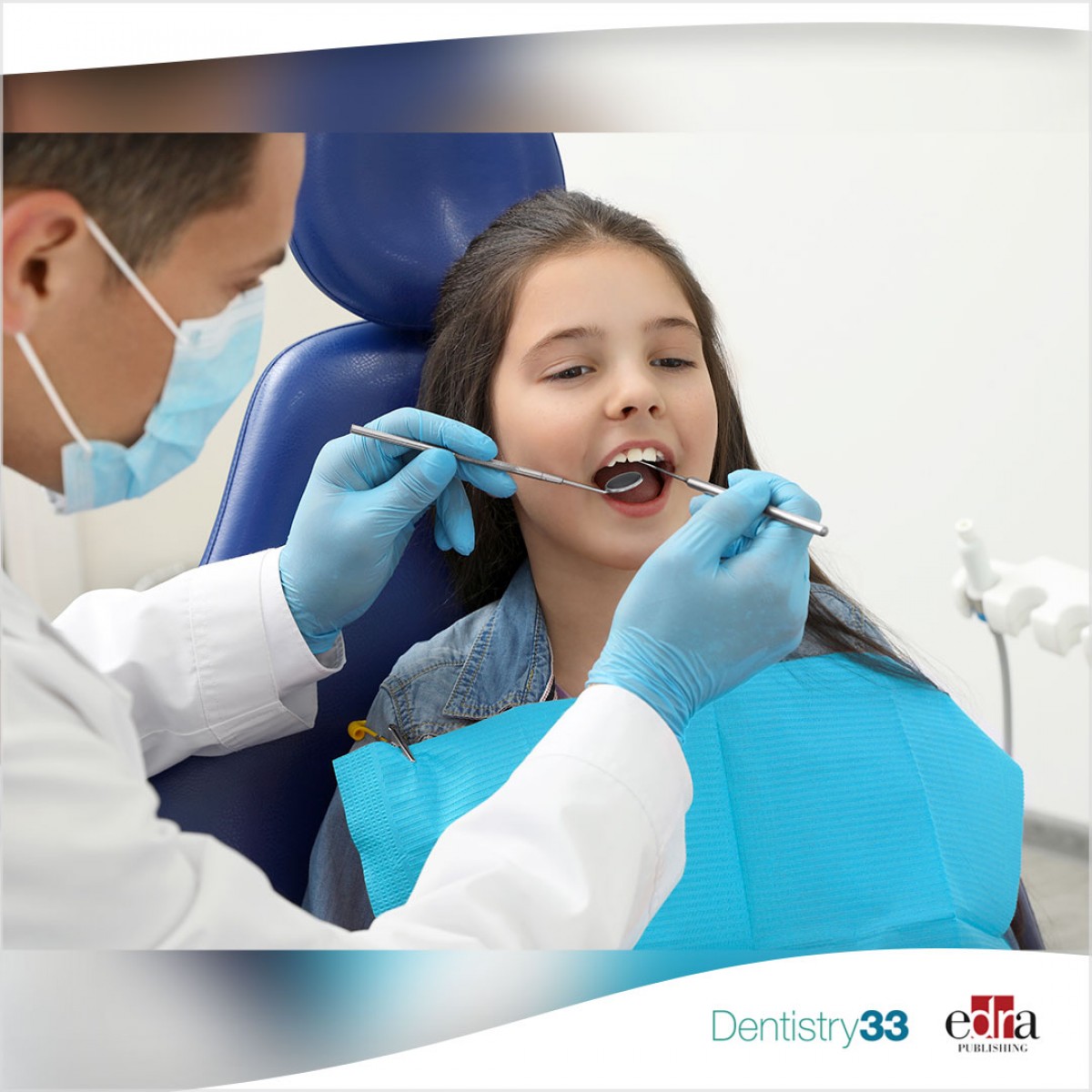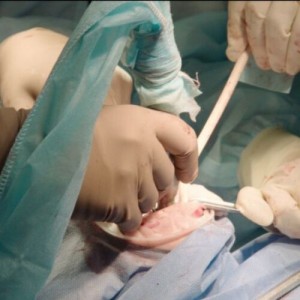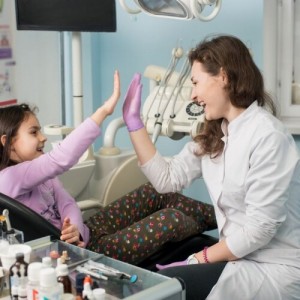
Predicting dental caries in young children in primary health care settings
Young children need increased access to dental prevention and care. Targeting high caries risk children first helps meet this need.
The objective of this study was to develop a parent-completed, easy-to-score, short, accurate caries risk tool for screening in primary health care settings to identify children at increased risk for cavities.
A longitudinal, prospective, multisite, cohort study enrolled (primarily through primary health care settings) and followed 985 (out of 1,326) 1-y-old children and their primary caregivers (PCGs) until age 4. The PCG completed a 52-item self-administered questionnaire, and children were examined using the International Caries Detection and Assessment Criteria (ICDAS) at 12 ± 3 mo (baseline), 30 ± 3 mo (80% retention), and 48 ± 3 mo of age (74% retention).
Cavitated caries lesion (dmfs = decayed, missing, and filled surfaces; d = ICDAS ≥3) experience at 4 y of age was assessed and tested for associations with questionnaire items using generalized estimating equation models applied to logistic regression. Multivariable analysis used backward model selection, with a limit of 10 items.
At age 4, 24% of children had cavitated-level caries experience; 49% were female; 14% were Hispanic, 41% were White, 33% were Black, 2% were other, and 10% were multiracial; 58% enrolled in Medicaid; and 95% lived in urban communities.
The age 4 multivariable prediction model, using age 1 responses (area under the receiver operating characteristic curve = 0.73), included the following significant (P < 0.001) variables (odds ratios):
- child participating in public assistance programs such as Medicaid (1.74)
- being non-White (1.80–1.96)
- born premature (1.48)
- not born by caesarean section (1.28)
- snacking on sugary snacks (3 or more/d, 2.22; 1–2/d or weekly, 1.55)
- PCG cleaning the pacifier with juice/soda/honey or sweet drink (2.17)
- PCG daily sharing/tasting food with child using same spoon/fork/glass (1.32)
- PCG brushing their teeth less than daily (2.72), PCG’s gums bleeding daily when brushing or PCG having no teeth (1.83–2.00)
- and PCG having cavities/fillings/extractions in past 2 y (1.55).
A 10-item caries risk tool at age 1 shows good agreement with cavitated-level caries experience by age 4.
Fontana M, Eckert GJ, Katz BP, et al. "Predicting Dental Caries in Young Children in Primary Health Care Settings." Journal of Dental Research. 2023;0(0). doi:10.1177/00220345231173585.
 Related articles
Related articles
Oral Hygiene & Prevention 07 September 2023
Root caries: effect of fluoride toothpastes and bioactive F-glass
Root caries is one of the main causes of tooth loss in the aging population. Toothpastes containing fluoride are considered inexpensive anti-caries agents due to...
News 24 August 2023
U of M's Dr. Margherita Fontana named president of European dental caries research organization
By University of Michigan School of Dentistry News
The European Organization for Caries Research named Fontana as its president during its 70th annual conference held in the Netherlands in July. Other current officers are from the Netherlands, the...
Pediatric dentistry 09 October 2025
Smart materials in pediatric dentistry: Revolutionizing care for enhanced outcomes
In the realm of pediatric dentistry, smart materials are reshaping conventional approaches, introducing a responsive and tailored dimension to treatment.
Pediatric dentistry 24 September 2025
The objective of this study was to survey members of the American Academy of Pediatric Dentistry (AAPD) regarding their use of behavior management techniques.
Pediatric dentistry 08 August 2025
Management of pigmented gingiva in child patient: a new era to the pediatric dentistry
Gingival health in the form of size, shape, consistency and appearance are essential components responsible for an attractive smile as well as may cause unpleasant appearance
 Read more
Read more
Editorials 10 October 2025
With proud smiles and crisp white coats, ninety-three learners from the DDS Class of 2029 and the International Dentist Pathway Class of 2028 marked the start of their dental careers at the UCSF...
Periodontology 10 October 2025
Continuous professional development (CPD) in Periodontology refers to the overall framework of opportunities that facilitate a life-long learning practice, driven by the learner-practitioner and...
TheraBreath, the #1 alcohol-free mouthwash brand in the U.S.*, has introduced a new line of dentist-formulated, clinically tested toothpastes designed to support professional oral care...
News 10 October 2025
New officers and trustees were installed at the Minnesota Dental Association’s Leadership Conference on September 19 in Minneapolis.
News 10 October 2025
Smartee Denti-Technology today announced that Professor Gang Shen, its Chief Scientist and Executive President of TaiKang ByBo Dental, has once again been named to the World’s Top 2% Scientists...















